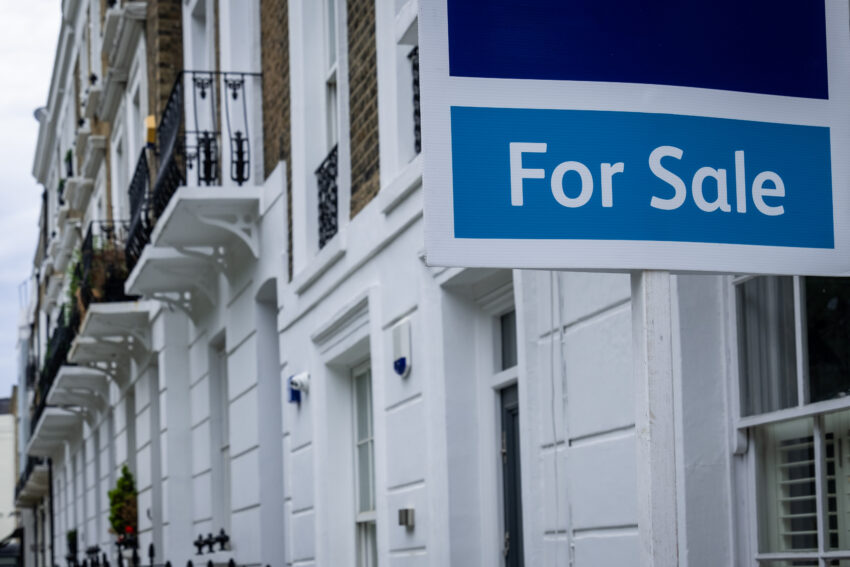House prices unexpectedly returned to double digit growth last month as the property market kept up its “extremely buoyant” pace, new figures show.
Prices in November were 10% ahead of the same month last year, according to an index published by lender Nationwide – up slightly from 9.9% in October and beating expectations that growth would slow to 9.3%.
The latest increase took the average house price to £252,687, according to the index.
Britain’s housing market has been boosted by a stamp duty holiday that helped it recover from a slowdown early in the pandemic, with year-on-year price growth topping 13% in June this year, according to Nationwide’s index.
There have also been signs of some homeowners looking to trade short commutes to the office for more spacious homes further out of cities as the pandemic transforms working patterns.
Transaction volumes took a hit when the stamp duty break ended but they have already surpassed 2020 levels and prices have continued to push higher.
Nationwide’s chief economist Robert Gardner said prices were now almost 15% higher than when the pandemic first struck the UK in March last year.
“Activity has been extremely buoyant in 2021,” Mr Gardner said.
“Early indications also suggest that labour market conditions remain robust, despite the furlough scheme finishing at the end of September.
“If this is maintained, housing market conditions may remain fairly buoyant in the coming months, especially since the market has momentum and there is scope for ongoing shifts in housing preferences, as a result of the pandemic, to continue to support activity.”
But Mr Gardner added that the outlook “remains uncertain” with the impact of the Omicron variant of COVID-19 on the wider economy unclear, while higher inflation is dragging on consumer confidence and potential higher interest rates exerting a “cooling influence”.
He also cited the lack of affordability of homes, with house price growth outpacing income growth “by a significant margin”.
Martin Beck, senior economic advisor to the EY ITEM Club, said: “In theory, stamp duty returning to its pre-pandemic level on 1 October should have weighed on house prices.
“But while there have been some signs of cooling in housing market activity, any stamp duty effect on values appears to have been countered by positives such as changing housing preferences and a strong jobs market.”
The figures came as a separate forecast from property website Rightmove predicted that house prices would grow by 5% in 2022, slowing from this year’s increases.
The forecast sees prices driven higher by strong buyer demand meeting historically low availability of property.
But it also points to factors such as “increasingly stretched buyer affordability” as well as potential interest rate hikes, higher inflation and tax rises weighing on buyer sentiment.


